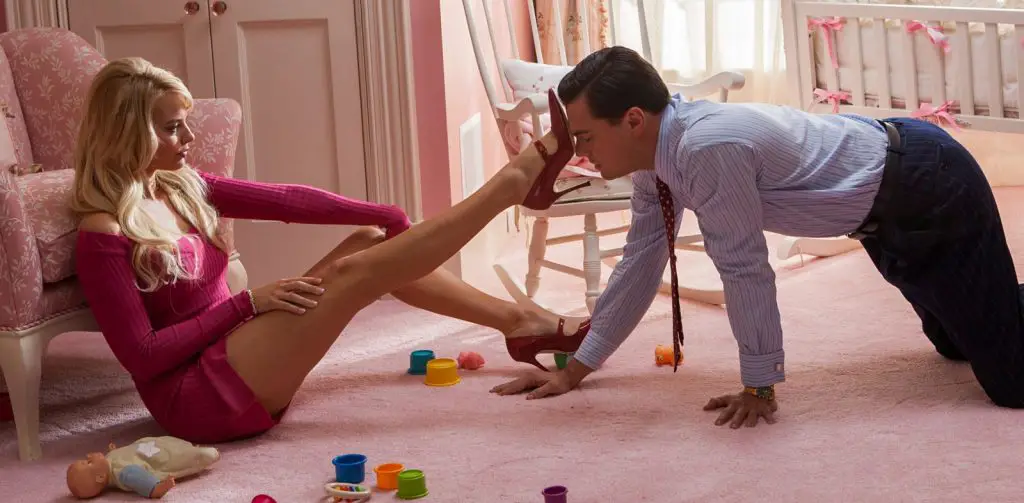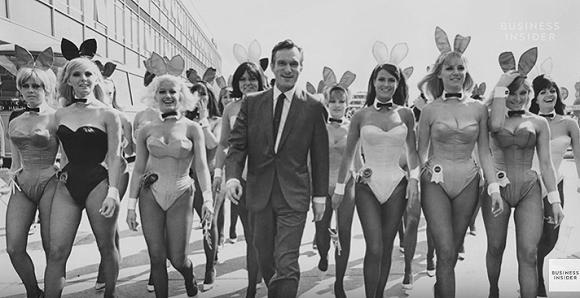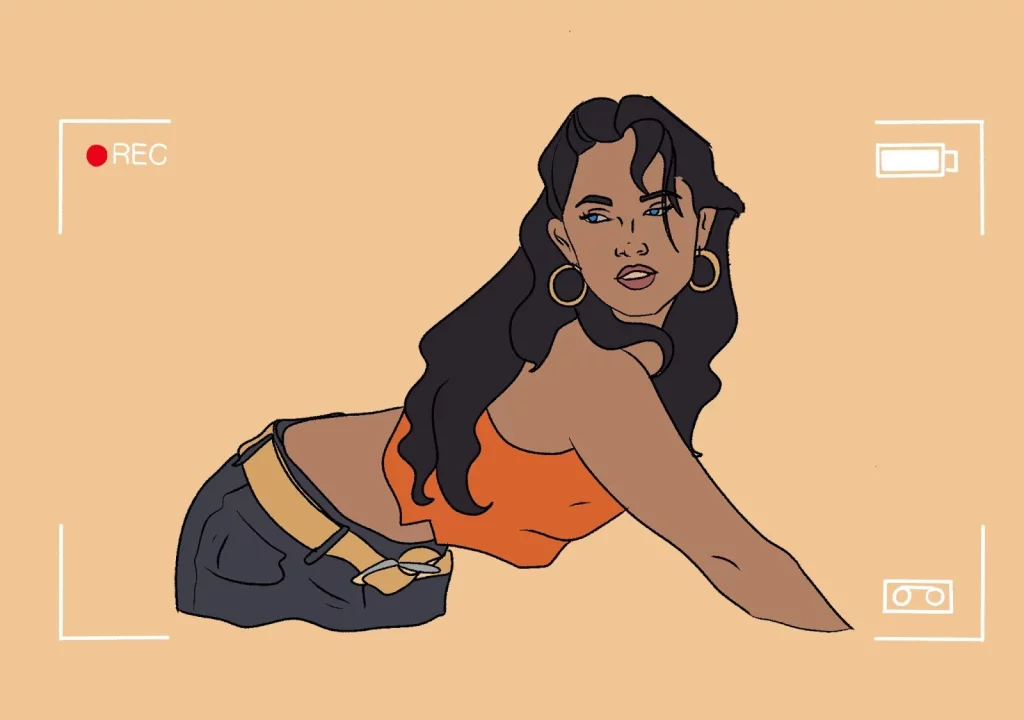In the expansive realm of digital media, the concept of the “male gaze” remains a significant topic of discussion and critique. Originating from film theory and feminist discourse, this concept has evolved to encompass a range of issues in the digital sphere, from social media platforms to virtual reality.
The Male Gaze: A Brief Overview
At its core, the male gaze refers to the way visual arts and literature depict the world and women from a masculine point of view, presenting women as objects of male pleasure. This concept, initially coined by Laura Mulvey in her 1975 essay, “Visual Pleasure and Narrative Cinema,” has transcended its cinematic origins to become a critical tool in analyzing digital media.

Digital Media and the Male Gaze
In the digital age, this gaze is not confined to the silver screen. It permeates through the pixels of our devices, influencing how women are represented and perceived in various digital formats. For instance, in video games, female characters are often designed with exaggerated sexual traits to appeal to a presumed male audience. This not only reinforces stereotypes but also marginalizes and alienates a diverse gaming community.
Social media platforms, too, are battlegrounds for this gaze. Algorithms often prioritize content that aligns with a male-dominated perspective, subtly shaping our consumption patterns. The proliferation of image-centric platforms like Instagram further amplifies this, as users, especially women, feel pressured to conform to idealized, often sexualized, standards of beauty crafted largely by and for the male gaze.

Challenging the Gaze
However, it’s not all dire. The digital world also offers avenues for resistance and change. Female content creators and influencers are actively challenging these norms by portraying more authentic and diverse representations of womanhood. Platforms like TikTok have become spaces for feminist activism, where users critique and satirize the male gaze, fostering a more inclusive digital environment.

The Role of the Tech Industry
The tech industry’s male-dominated landscape significantly influences digital content and design. Recognizing and addressing this gender imbalance is crucial for creating more equitable and diverse digital spaces. This includes not only increasing female representation in tech roles but also ensuring that algorithms and content moderation policies are free from gender biases.
Conclusion
As digital media continues to evolve, so too must our understanding and critique of the male gaze. By being critical of the content we consume and create, we can gradually shift the digital landscape towards a more inclusive and representative space for all genders.
References
Mulvey, L. (1975). Visual Pleasure and Narrative Cinema. Screen, 16(3), 6-18.
[The Evolution of the ‘Male Gaze’ in Digital Media]. (Year). [Publication/Website Name]. [URL]
[The Impact of Social Media Algorithms on Gender Representation]. (Year). [Publication/Website Name]. [URL]


How youŌĆÖve illustrated the pervasiveness of the male gaze in video games and social media is striking. It’s concerning how these platforms often perpetuate and reinforce stereotypes by prioritising content that appeals to a male-dominated perspective, influencing consumption patterns and shaping societal norms. Your mention of Instagram and its pressure on users, especially women, to conform to specific beauty standards is a poignant example of this issue.
However, I appreciate your recognition of the digital world as a potential space for challenging and changing these norms. The role of female content creators and influencers in portraying more diverse and authentic representations of womanhood is indeed a silver lining in this narrative. Platforms like TikTok becoming hubs for feminist activism is an encouraging sign of the times, demonstrating the potential for digital media to foster inclusivity and representation.
Thank you for sharing these insights and encouraging a much-needed dialogue on this subject!
The “male gaze” describes a way of portraying and viewing women that sexualizes and devalues women while empowering men. As Margaret once wrote in The Handmaid’s Tale, “A rat in a maze is free to go anywhere as long as it remains in the maze.” As long as there are stereotypes in society, women need much more than the freedom to decide what to wear today. You mentioned in your post that tiktok, with the support of the platform, has become a space for feminist activities, which makes me very gratified, which provides a channel guarantee for those who have the courage to speak out and effectively demand women’s rights, so that society pays more attention to the voice and power of individual women.
Your blog is clearly organised and easy to follow. It was very interesting how you discussed the male gaze theory from a film perspective and a social media standpoint, referring to impression management and how women are socialised to show themselves on social media. It would have been nice to see some examples of that in your blog and have that concept explored more in-depth. It was nice that you included the positive call to action about people subverting the male gaze through activism and critiquing it on the same social media platforms and that you call out the male-centric perspectives often embedded in the make of the technology and algorithms we use. I will leave you with a question: how would someone post on social media if they were catering to the female gaze? I remember there being a trend about that a year or so ago on TikTok.